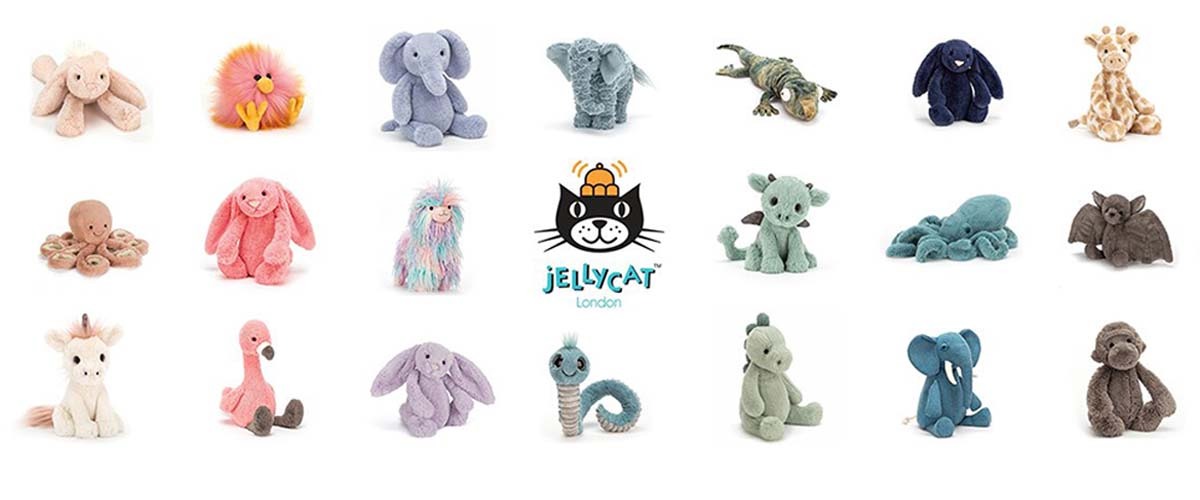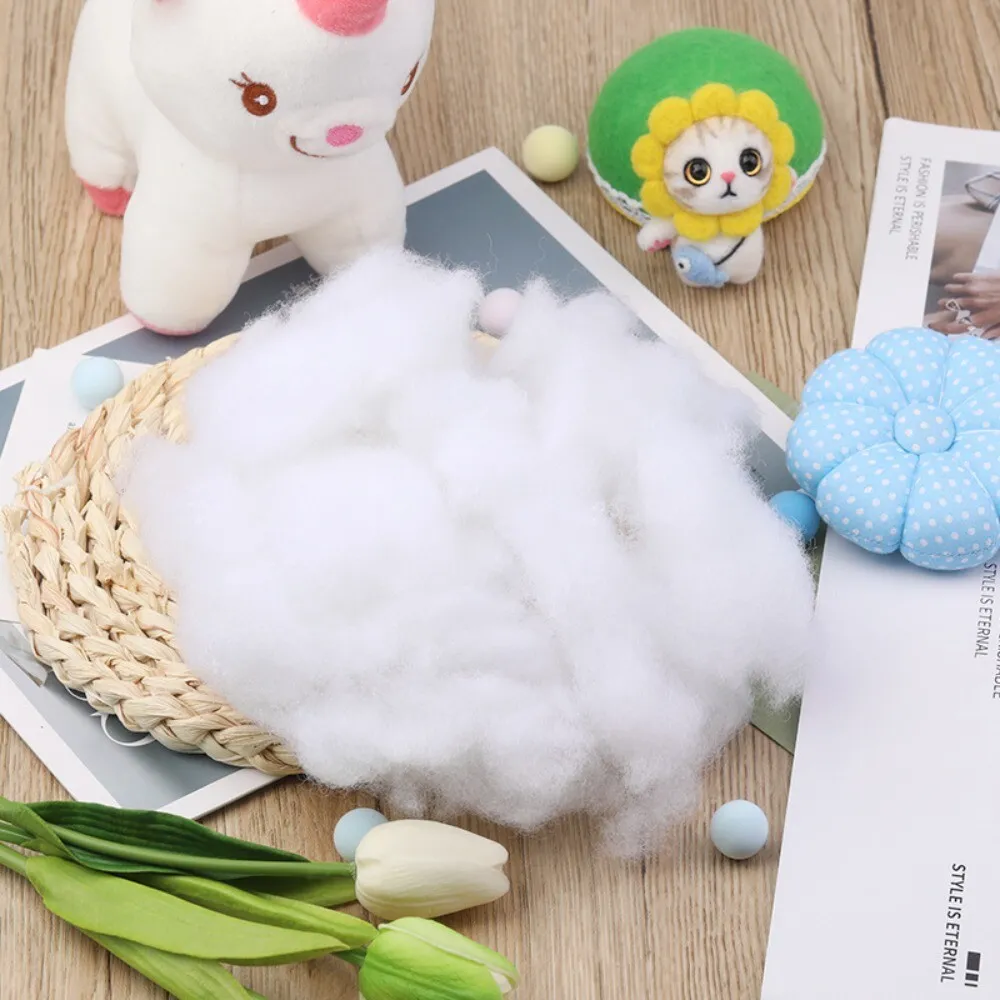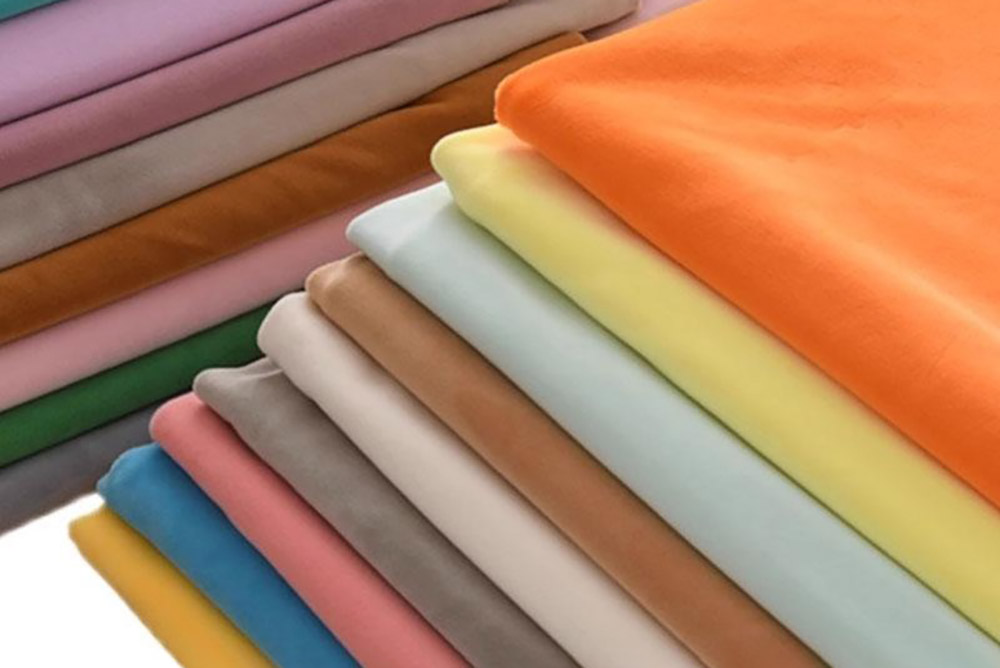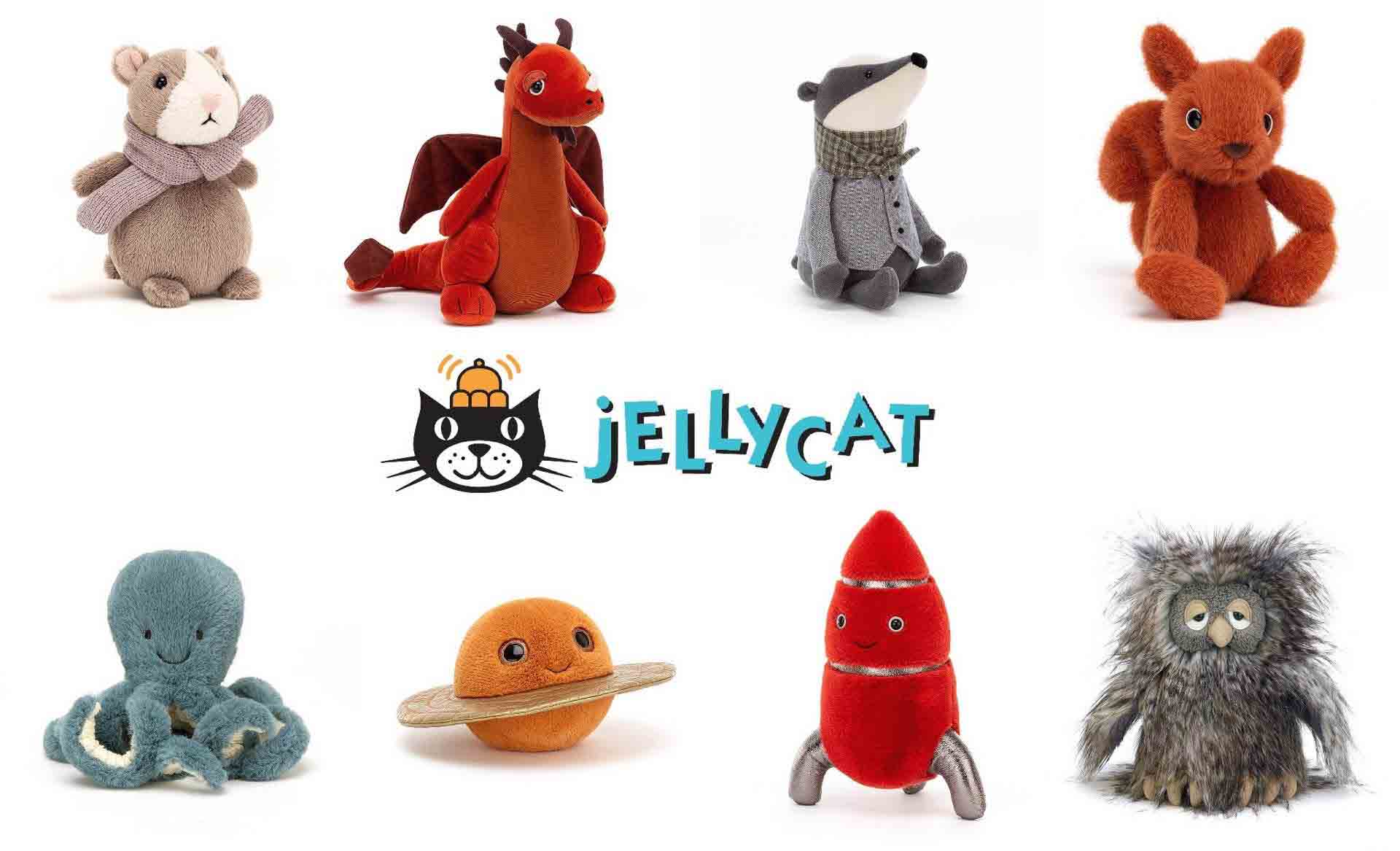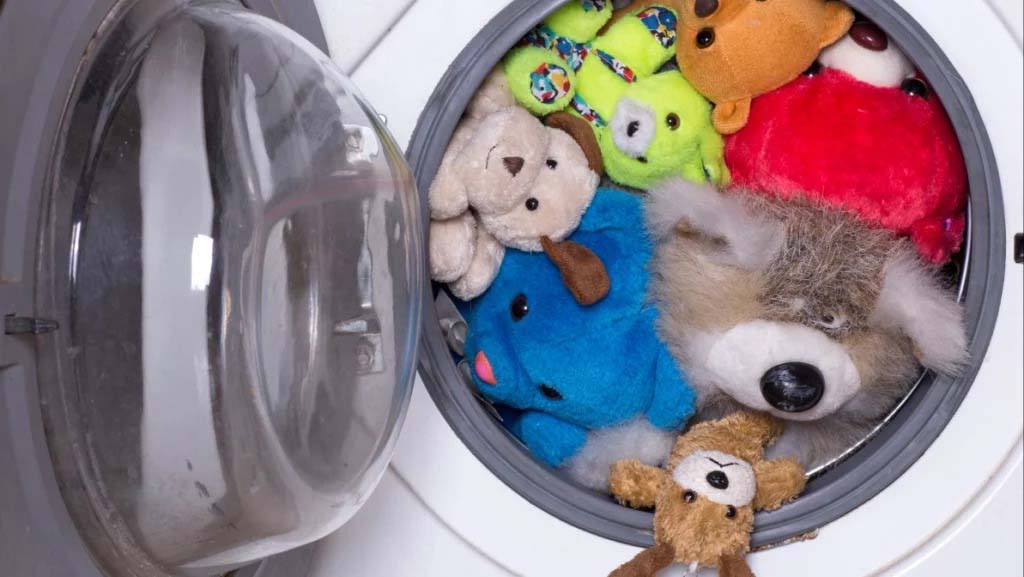Plush dolls are among the most loved toys worldwide. Their appeal comes from softness, safety, and design variety.
The best plush dolls combine high-quality fabrics, safe fillings, certified safety standards, and designs tailored to specific age groups and cultural preferences. By evaluating these criteria, buyers can select products that meet both consumer expectations and business goals.
Let’s explore each factor in detail.
1. What Criteria Define the Best Plush Dolls in Today’s Market?

When identifying top-quality plush dolls, certain criteria stand out. Buyers focus on safety, softness, durability, and emotional appeal.
The best plush dolls are safe, soft, durable, and able to create strong emotional connections with users. Market leaders also meet certifications and align with buyer demographics.
Buyers today are not only looking for attractive toys but also for products that meet strict global standards. Plush dolls must pass mechanical and chemical testing to ensure child safety. Beyond safety, durability matters. Dolls that maintain softness and shape after repeated washing perform better in retail markets. Another critical factor is emotional appeal. Designs that create a bond—whether through cute facial expressions or symbolic characters—tend to sell better across age groups.
In business terms, repeat sales depend on how much children or collectors love the product. Toys that become bedtime companions or collectibles drive higher brand loyalty. Retailers also evaluate packaging, since professional presentation influences purchase decisions in stores and online.
| Key Criteria | Why It Matters | Buyer Advantage |
| Safety Standards | Prevent recalls, build trust | Compliance with CE/ASTM, parent trust |
| Durability | Withstands daily use | Longer shelf life, fewer complaints |
| Softness & Comfort | Defines emotional connection | Higher sales for baby & toddler toys |
| Emotional Appeal | Builds consumer loyalty | Stronger brand recognition |
At Kinwin, we evaluate every plush doll design with these factors in mind. For buyers like Jessica in the USA, this ensures the product is not just another toy on the shelf but a reliable, lovable companion parents trust and children adore.
2. Which Fabric and Filling Combinations Deliver Superior Quality Plush Dolls?

Materials are the foundation of quality. Plush dolls must use safe fabrics and reliable stuffing to meet global expectations.
The best plush dolls use soft fabrics like minky, velboa, or organic cotton paired with polyester fiberfill or eco-friendly stuffing. The right combination provides comfort, safety, and durability.
Fabric defines the feel, while stuffing defines the shape. Minky plush is known for premium softness, making it ideal for infant dolls. Velboa, a short-pile fabric, offers durability and cost efficiency, preferred for large-volume production. Organic cotton appeals to eco-conscious buyers who prioritize natural and chemical-free materials. For special markets, recycled polyester (RPET) provides both softness and sustainability.
Stuffing must balance softness and resilience. Polyester fiberfill is widely used because it is lightweight and easy to clean. Premium dolls may include memory foam pieces for shape retention. Eco-friendly markets often prefer corn fiber or RPET fillings, which highlight sustainability credentials. Choosing the right pairing of fabric and stuffing helps buyers target specific consumer groups.
| Fabric Type | Key Benefit | Common Use Case |
| Minky Plush | Premium softness | Infant and premium dolls |
| Velboa | Durable and affordable | Mass-market plush dolls |
| Organic Cotton | Natural and chemical-free | Eco and baby dolls |
| RPET Plush | Sustainable and soft | Eco-conscious collections |
| Stuffing Type | Key Benefit | Best Application |
| Polyester Fiber | Soft, cost-efficient | General plush dolls |
| Memory Foam | Shape retention | Premium plush or cushions |
| Corn Fiber | Biodegradable, safe | Eco baby dolls |
| RPET Filling | Sustainable option | Green product lines |
At Kinwin, we provide swatches and filling samples before production so clients can make informed choices. For example, one European retailer chose minky plush with corn fiber stuffing, creating a premium eco collection that aligned with their customer base. This kind of tailored pairing helps brands position themselves successfully in competitive markets.
3. What Types of Plush Dolls Appeal Most to Different Age Groups?

Not every plush doll suits every age. Buyers need to understand which designs appeal to babies, toddlers, children, and collectors.
The most appealing plush dolls vary by age: babies prefer small, soft, embroidered dolls; toddlers enjoy medium-sized characters; older children seek themed or branded dolls; adults often collect limited-edition designs.
Age plays a critical role in design choices. Babies need lightweight, small plush dolls with embroidered eyes and noses to avoid choking hazards. For toddlers, dolls between 20–30cm are ideal, combining safety with comfort. Children above five years often prefer themed plush based on movies, animals, or cultural icons. These designs engage imagination and foster attachment.
For adults, plush dolls often become collectibles. Limited editions, branded collaborations, or handmade series attract this market. Packaging and uniqueness become critical for appeal. Buyers sourcing for gift shops or e-commerce platforms should consider how each age segment influences sales and tailor product portfolios accordingly.
| Age Group | Ideal Plush Doll Type | Why It Works |
| 0–2 years | Small, embroidered dolls | Safe, soft, prevents choking risks |
| 3–5 years | Medium-sized characters | Comfort + interactive play |
| 6–12 years | Branded or themed dolls | Links to media, enhances engagement |
| Teens/Adults | Collectible plush dolls | Unique value, gift or display appeal |
At Kinwin, we adapt product lines based on target age groups. For example, Jessica’s retail store in the USA focuses on toddler-safe plush bears, while another client in Japan specializes in collectible anime dolls. Understanding this segmentation ensures buyers deliver the right product to the right audience.
4. How Do Cultural and Regional Trends Influence Plush Doll Preferences?

Cultural background and regional markets shape which plush dolls perform best. Buyers must consider local demand.
Plush doll preferences vary globally. In Asia, character-driven plush dolls dominate; in Europe, eco-friendly and minimalist designs are trending; in the USA, licensed and seasonal plush dolls lead sales.
In the USA, consumers favor licensed plush dolls tied to popular media, movies, and cartoons. Seasonal plush toys like holiday bears or Easter bunnies also perform well. In Europe, parents prefer eco-certified and organic plush, often in neutral tones that reflect sustainable lifestyles. In Asia, particularly Japan and South Korea, character dolls tied to anime, gaming, and pop culture dominate. These dolls often carry unique outfits or accessories.
Cultural symbolism also matters. In the Middle East, plush camels or locally inspired animals have strong appeal. In Latin America, vibrant colors and playful characters often sell better than minimalist designs. Buyers who adapt plush doll offerings to cultural context achieve higher sales and stronger brand loyalty.
| Region | Popular Plush Types | Consumer Drivers |
| USA | Licensed & seasonal dolls | Entertainment + gifting culture |
| Europe | Eco & minimalist designs | Sustainability + parent values |
| Asia | Character & anime plush | Pop culture + fandom trends |
| Middle East | Animal & symbolic plush | Cultural heritage + tradition |
| Latin America | Bright, playful designs | Festivity + family orientation |
At Kinwin, we customize plush designs to match regional preferences. For instance, we worked with a Middle Eastern buyer to create camel-themed plush with traditional patterns, while a European retailer ordered organic cotton lambs with FSC-certified packaging. These adjustments make products relevant and desirable in local markets.
5. What Role Do Safety Certifications and Standards Play in Plush Doll Selection?

Safety is the foundation of any plush doll purchase. Without certification, buyers risk recalls and brand damage.
Key certifications for plush dolls include CE (Europe), ASTM F963 and CPSIA (USA), and EN71. These ensure toys are free from harmful chemicals, safe in construction, and suitable for children.
Buyers sourcing plush dolls for major markets must prioritize compliance. In the USA, ASTM F963 and CPSIA cover flammability, sharp parts, lead, and phthalates. In Europe, CE and EN71 testing ensure compliance with mechanical and chemical standards. Without these, products cannot be sold legally.
Beyond regulations, certification signals trust. Parents and retailers rely on labels as proof of safety. Buyers should demand lab reports from manufacturers before placing bulk orders. Failing to meet certification requirements can result in shipment rejections, fines, or worse—consumer safety risks.
| Certification | Region | Main Focus |
| CE | Europe | Mechanical, chemical, labeling |
| ASTM F963 | USA | Flammability, sharp edges, design |
| CPSIA | USA | Lead and chemical content |
| EN71 | Europe | Physical and chemical safety |
At Kinwin, we run pre-production and post-production tests to ensure compliance. This includes needle detection, pull-tests, and fabric certification checks. For buyers like Jessica, this guarantees smooth import processes and eliminates risks of failed inspections. Safety certifications are not just a requirement—they are a selling point parents trust.
6. Which Innovative and Eco-Friendly Plush Doll Types Are Gaining Popularity?

The plush toy industry is evolving with new technologies and eco-friendly materials. Buyers want innovation that also aligns with sustainability goals.
Popular innovative plush dolls include interactive plush with sound or light, eco-friendly dolls made from organic cotton or RPET, and themed plush collections for niche markets.
Sustainability is no longer optional. Brands are introducing plush dolls made from organic cotton fabrics, corn fiber stuffing, and recycled polyester. FSC-certified packaging and biodegradable bags add further eco value. For parents in Europe and the USA, these features strongly influence purchasing decisions.
Innovation also plays a role. Interactive plush dolls with sound chips, LED lights, or simple voice-recording modules add entertainment value. Limited-edition plush dolls designed for collectors create exclusivity and drive demand. Buyers sourcing for e-commerce markets should consider these upgrades, as online customers often look for unique features.
| Innovation Type | Market Appeal | Example Application |
| Eco-Friendly Plush | Sustainability-driven buyers | Organic cotton, RPET fabrics |
| Interactive Plush | Entertainment & engagement | Sound, LED, recordable voices |
| Limited Edition Plush | Collectors & gifting market | Branded collaborations |
| Seasonal Themed Plush | Retail promotions | Christmas, Easter, Valentine |
At Kinwin, we support both innovation and sustainability. For example, we developed an RPET plush doll with LED light effects for a European client. This combined eco credentials with added value, helping them stand out in a crowded retail space. Buyers who embrace these trends strengthen competitiveness and meet evolving consumer demands.
The best plush dolls are safe, soft, and tailored to consumer needs. Success comes from combining certified quality, the right fabrics and fillings, cultural awareness, and innovation.
If you want to source customizable, eco-friendly, and market-ready plush dolls, contact Kinwin at [[email protected]] or visit https://kinwintoys.com/. Our team specializes in helping global buyers design plush dolls that meet strict standards, align with cultural preferences, and achieve strong sales in international markets.


